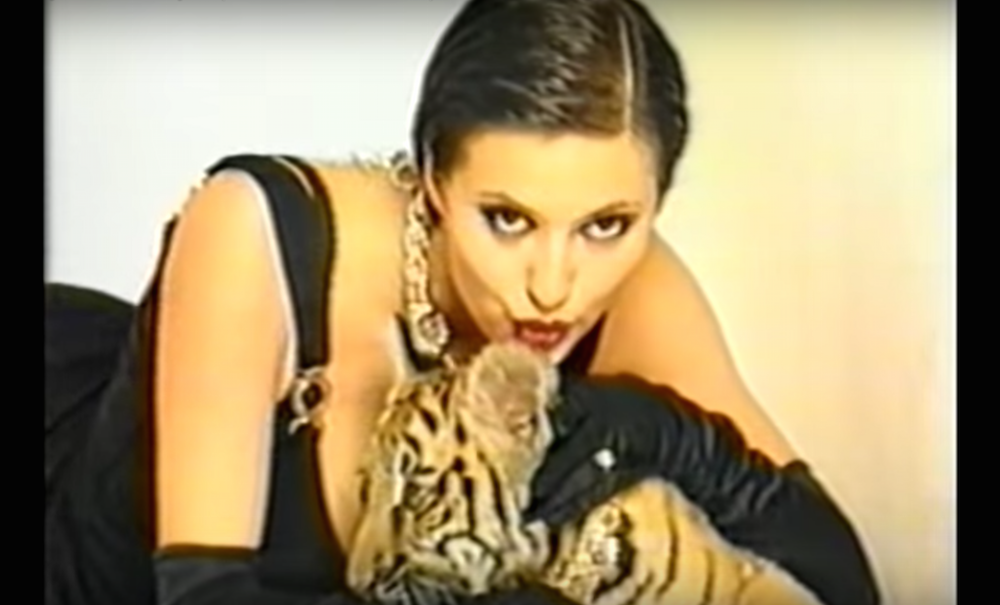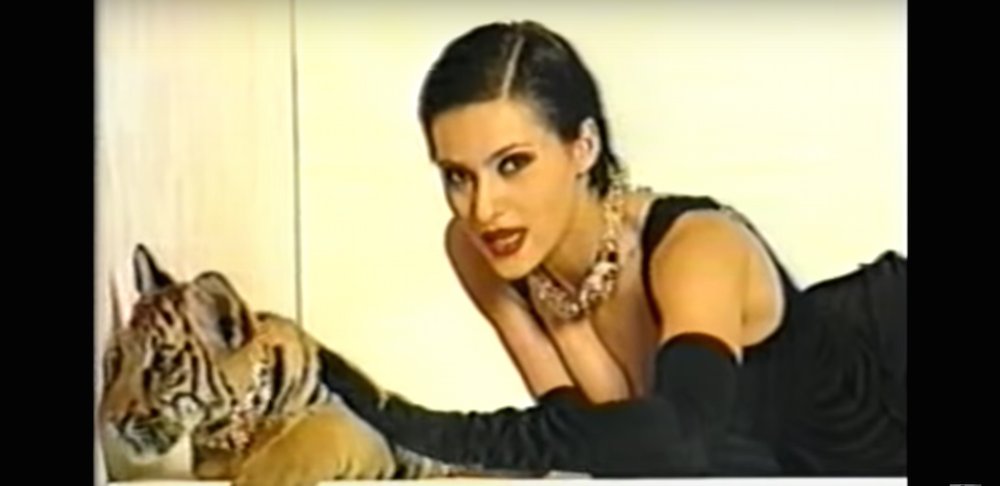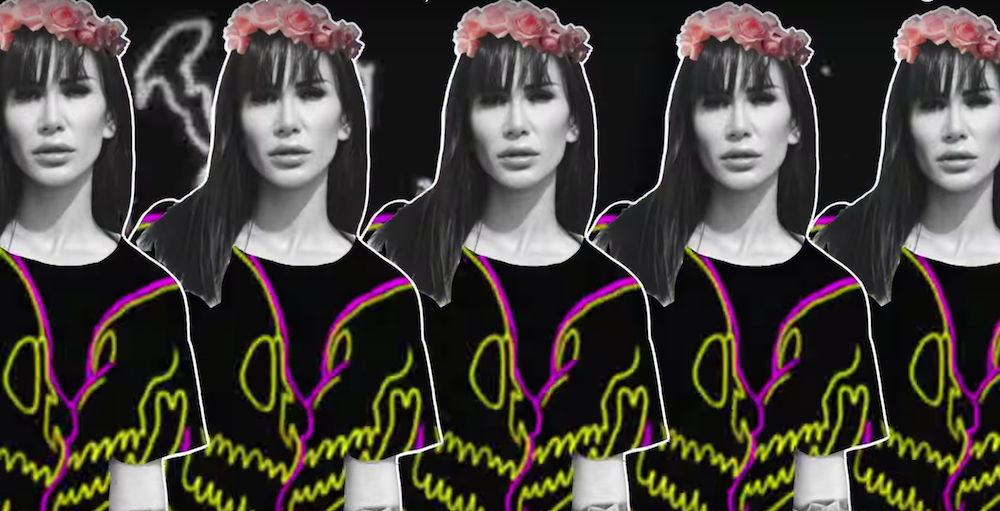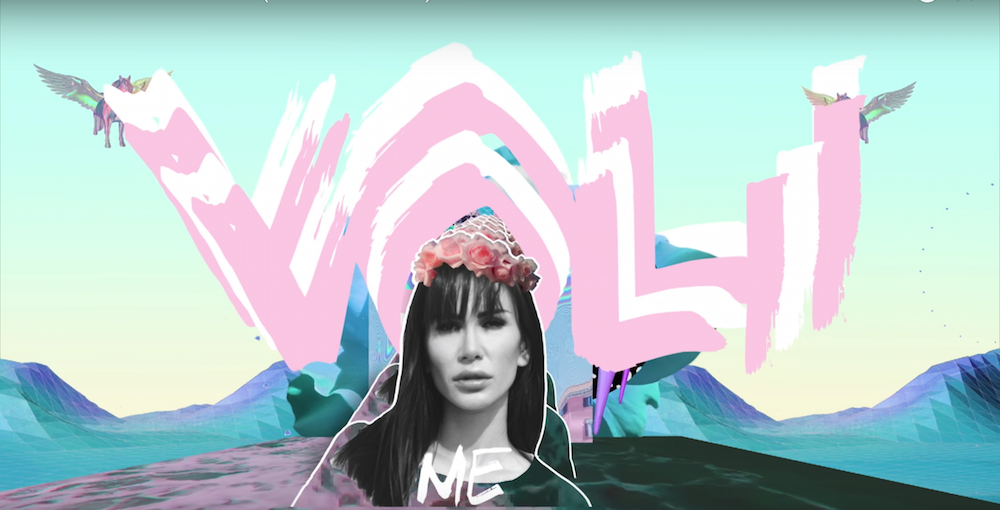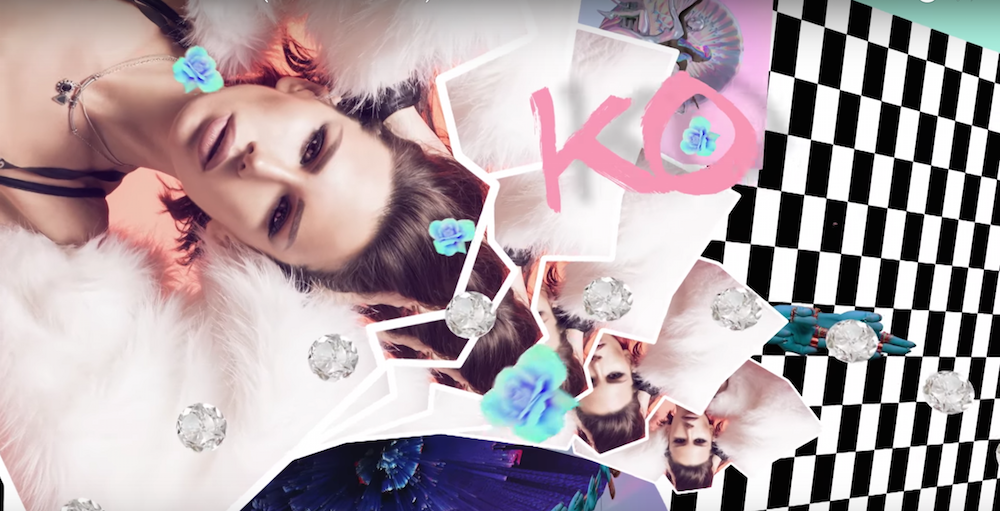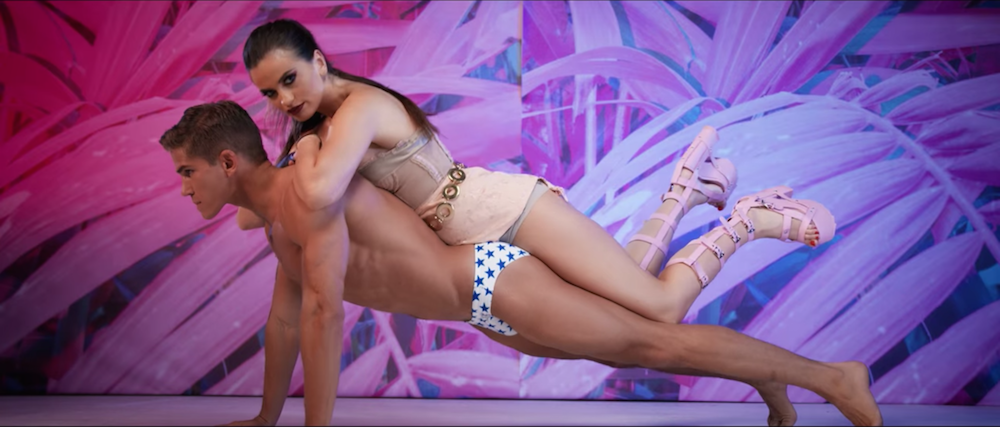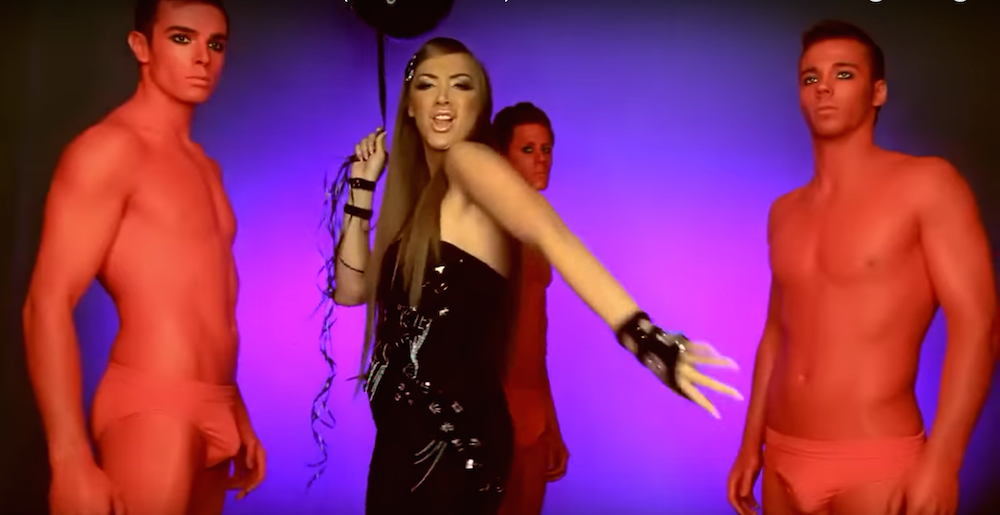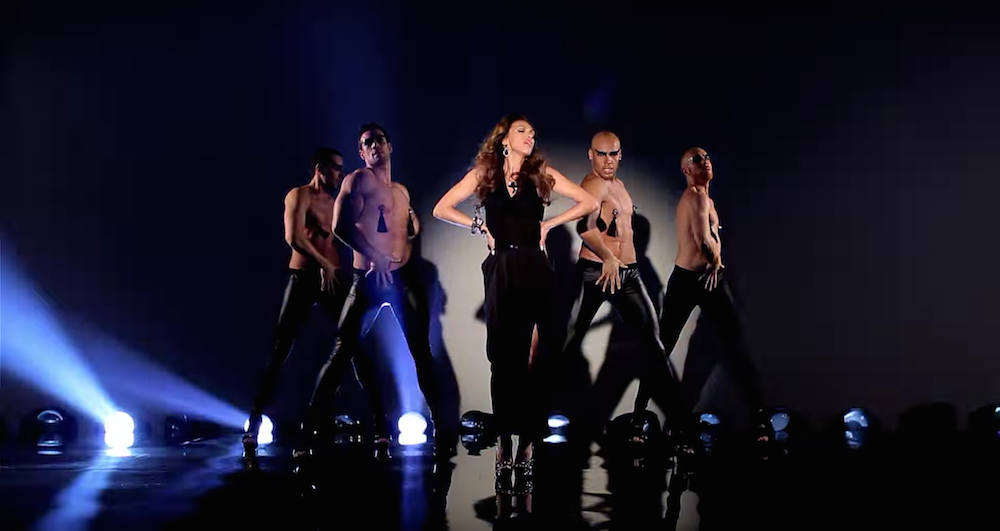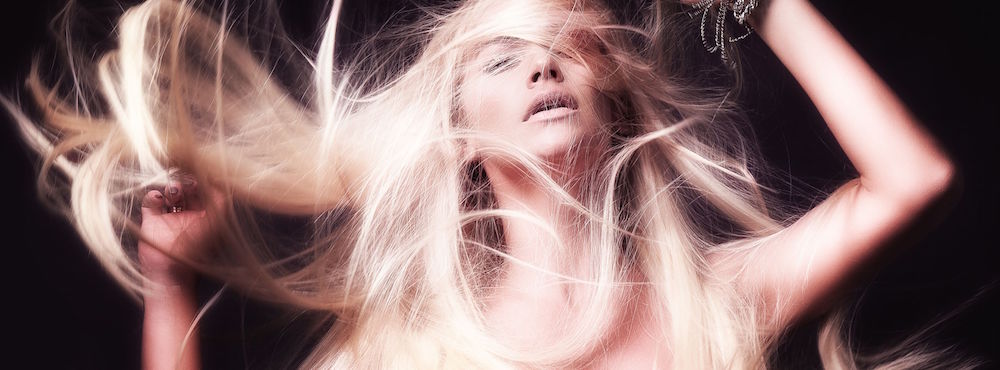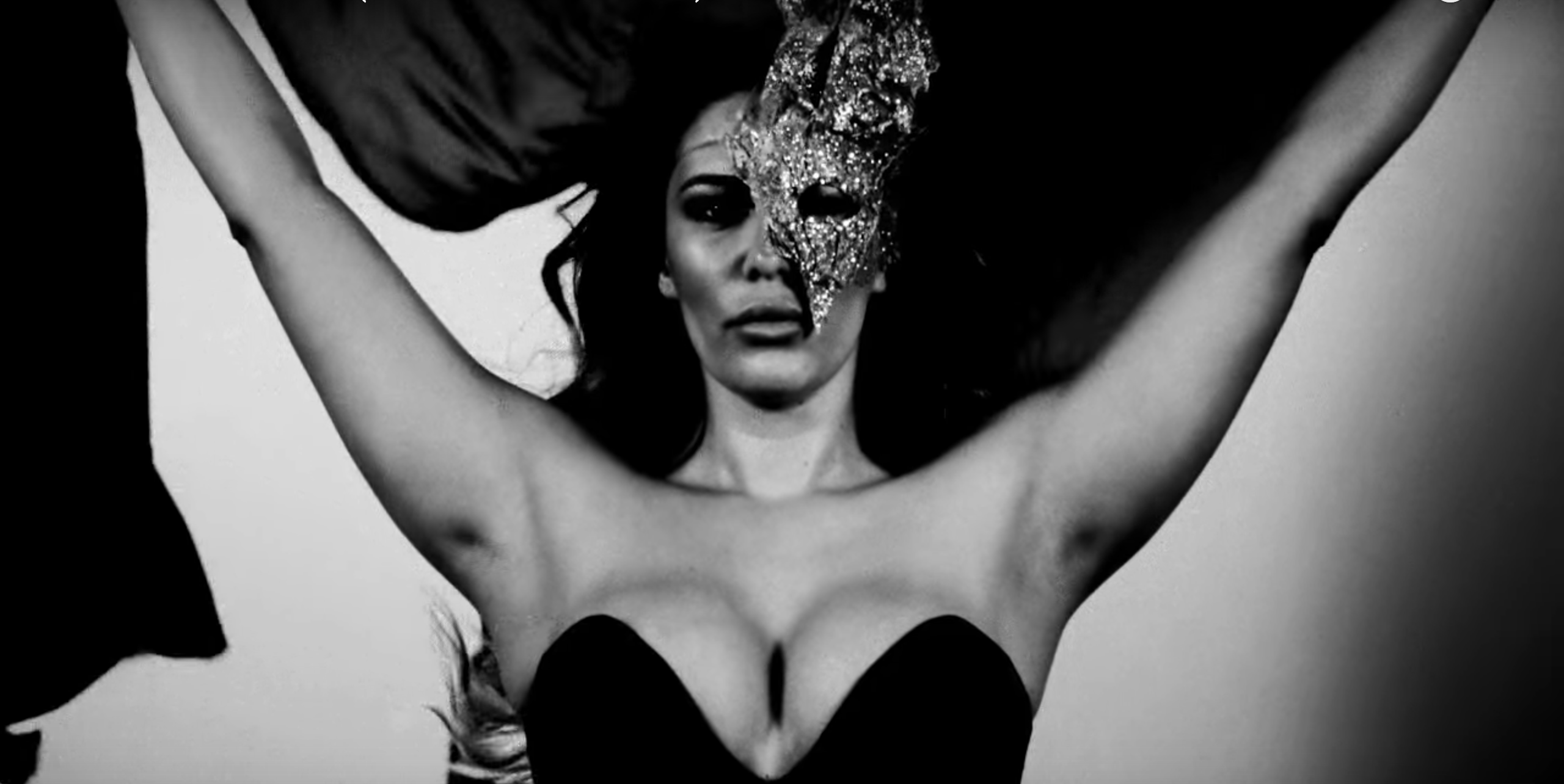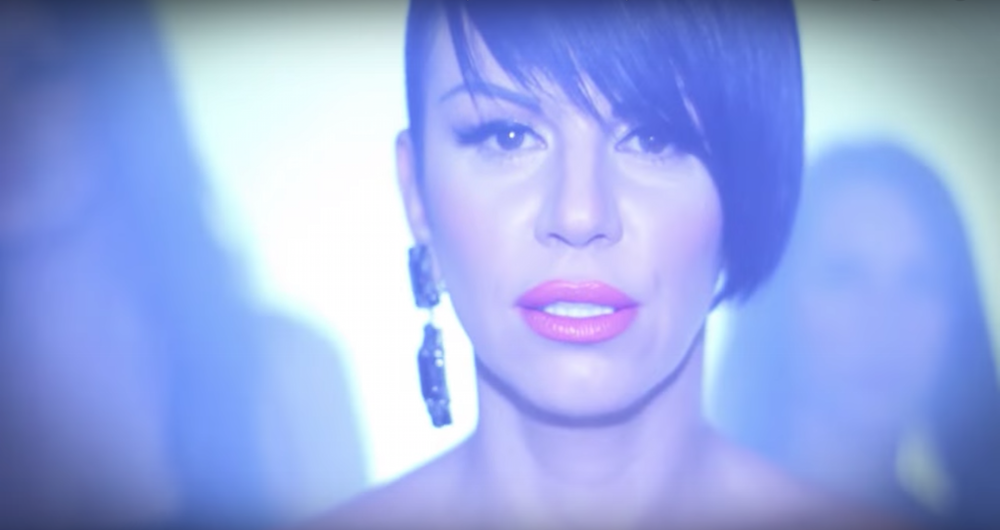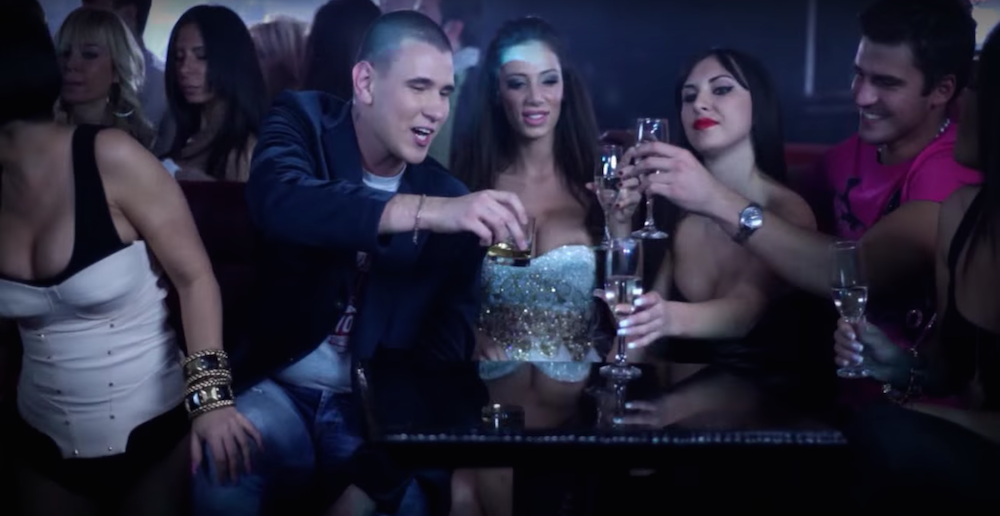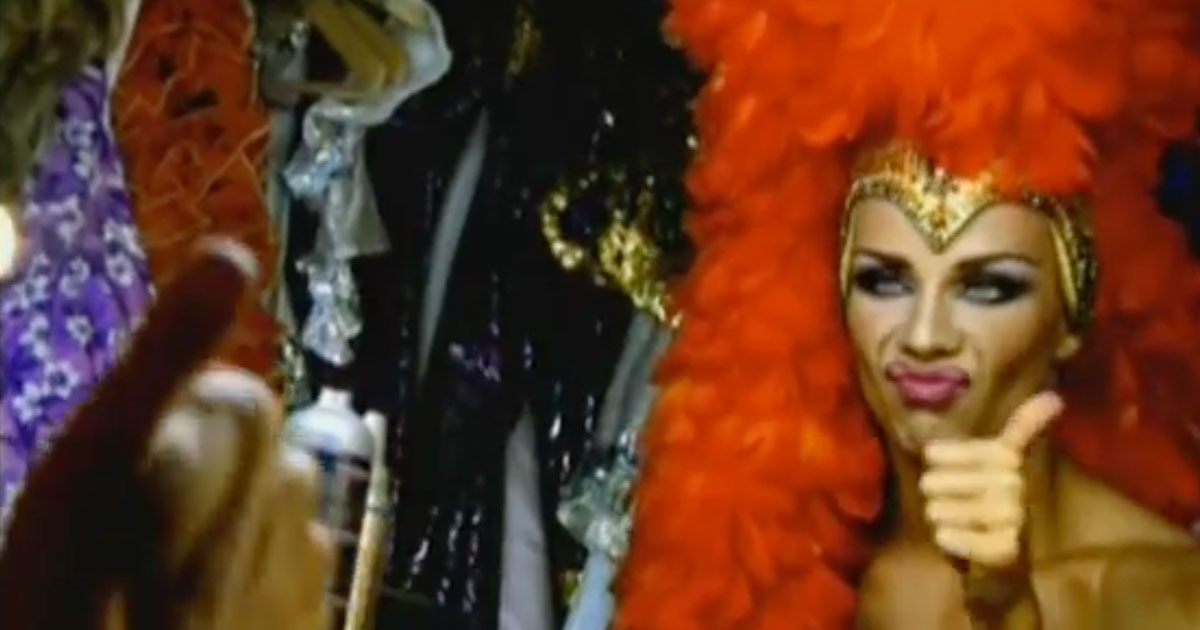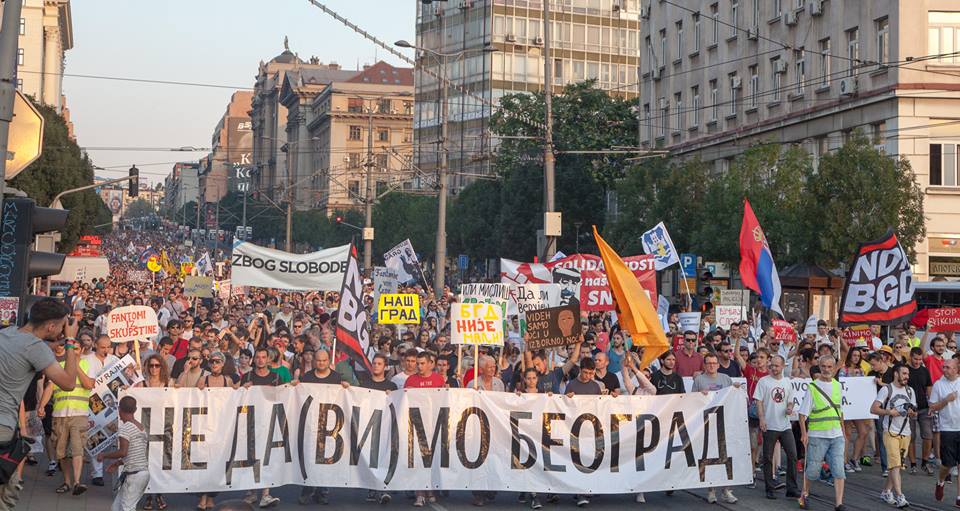Turbofolk: how Serbia’s weird and wonderful pop music came in from the cold
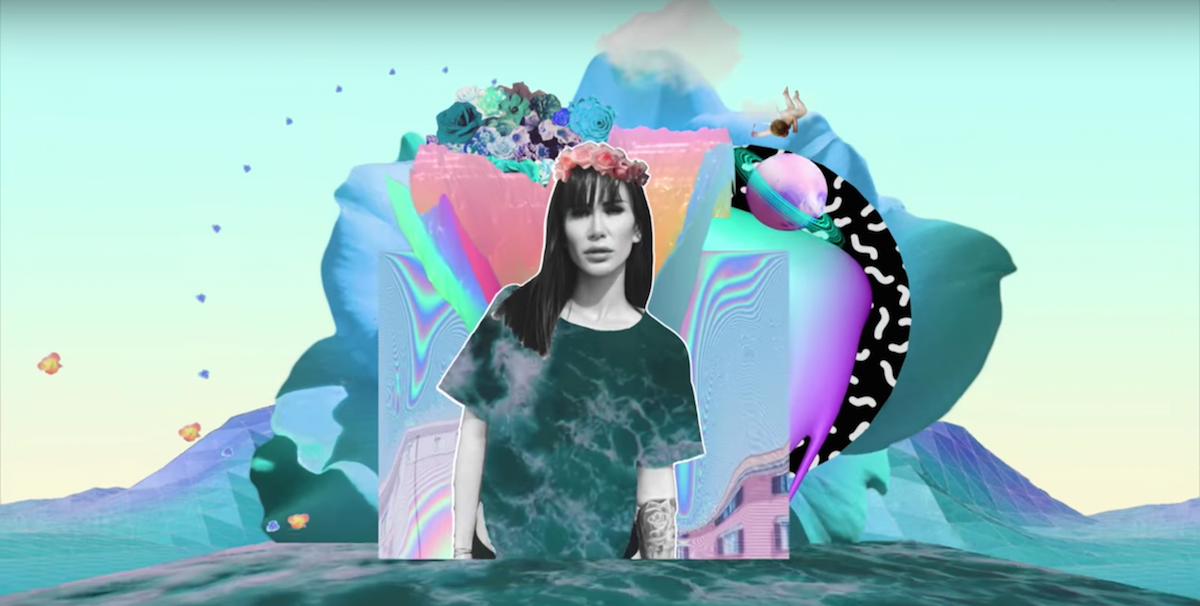
Serbian turbofolk used to be associated with nationalists and gangsters. Now it provides a welcome release for the young, women and LGBTQ communities across the ex-Yugoslav diaspora. So what changed?
We don’t always give pop music the analytical attention it merits. This is especially true when the music in question comes from non-Western countries and incorporates folk elements. After all, this kind of dancefloor-filler presents a higher access barrier for Western audiences and brings with it associations of kitsch, Eurovision and backward rural hinterlands untouched by wifi and non-binary gender classifications.
Yet here hidden treasures lie. As mainstream Western pop stews in its own Instagram-friendly feelgood mediocrity year on year, I can’t stop listening to eastern European pop-folk – from Ukraine’s otherworldly Onuka, who marry traditional local instruments with electronica, ethereal vocals and the occasional theremin, to Hungary’s Oláh Gergő, who augments Romani folk with trap-pop and modern choreography, and Bulgaria’s chalga music, a sort of sexed-up post-Ottoman reggaeton with a healthy sense of absurdity. But my favourite of all is Serbia’s “turbofolk” genre.
Turbofolk has a dark past as the music most associated with the nationalist forces behind the violent breakup of Yugoslavia. “Until the early years of this century, turbo-folk was a clear example of state-sponsored Government-purposed music,” writes Jennifer C. Lena in Banding Together: How Communities Create Genres in Popular Music. “Not only did government authorities encourage and commission works in this genre; they also supported its production and dissemination. The substance of the music is so instrumental to regime objectives that it was used as a form of propaganda by the state.” For a typical example of 1990s turbofolk at its most banally reprehensible, we need look no further than the video for Ceca’s “It’s Not Monotonous” (“Nije monotonija”), in which she toys with a live tiger cub in the year of her marriage to warlord Arkan, head of the Arkan’s Tigers paramilitary group.
Thankfully, as Serbia began to emerge from its nineties nightmare, so did turbofolk. “With the prosecution of military and civilian personnel by international war crimes tribunals, and changes wrought by the expansion of EU membership, turbo-folk has muted its nationalistic and ethnic themes and transformed into a sort of Balkan pop music,” continues Lena, later describing contemporary turbofolk as “a multicultural pop phenomenon.” And it’s this ever-evolving phenomenon, which has its roots in 1980s Yugoslav mass entertainment and is more popular with young people across ex-Yugoslavia and the diaspora than ever before, that I’m passionate about.
Though still often maligned as gaudy and commercial (as pop music is everywhere), Serbian turbofolk has been increasingly vibrant and progressive since the millennium, gleefully throwing off its Milošević-era shackles in favour of female empowerment, queer performativity and brilliantly put together club anthems. What I find so compelling about the genre is its willingness to be dark, sad and angry (typically from a female or coded gay male perspective) and explore extreme emotional states while remaining dancefloor-oriented – in stark contrast to the emotionally shallow EDM that for some years has been the dominant form of commercial dance music in the West. The genre’s ostentatious videos, while emulating US hip-hop in their aspirational flashing of wealth and glamor, are often genuinely artful and progressive – as evidenced by this recent Nikolija video (by Ljubba), which I’m declaring the best lyric video in turbofolk history. Accompanying a wistful electro-ballad that codes a romantic relationship in sombre lyrical metaphors (“You’re inside me like a bullet in a gun barrel […] everything is dark except for your dark eyes”), it’s a stunning piece of visual art.
In a series on Balkanist, I explore gender and sexuality in Balkan pop-folk, with a special focus on Serbia’s turbofolk – which is significantly queerer than outsiders might expect. In post-communist societies that remain broadly unaccepting of homosexuality, like those of the Balkans, queer performativity in popular culture is made possible by the lack of a shared code between the predominantly heterosexual mainstream audience and the queer and queer-friendly culture-makers. This isn’t so surprising: think how American audiences accepted Liberace as nominally heterosexual despite his ostentation and flamboyance (or how Mr Humphries on British sitcom Are You Being Served? was never officially gay). Indeed, as Philip Hensher wrote of the camp British comedy of the 1960s and 1970s, “what could not be acknowledged in real life could be positively welcomed in the form of a Saturday night mass-media saturnalia.“ It’s the same in the Balkans and other post-communist societies today – for instance, just look at Kazakhstan’s drag-performing X Factor winner Kairat Kapanov below. As post-communist audiences don’t generally pick up on signifiers of male homosexuality the way Western audiences typically do, maintaining a notional heterosexual orientation in the public sphere often acts as a licence for entertainers to be as flamboyant as they like.
In the first authoritative book on the genre, 2014’s Turbo-folk Music and Cultural Representations of National Identity in Former Yugoslavia, Uroš Čvoro, Senior Lecturer in Art Theory at the University of New South Wales in Australia, writes that turbofolk is “perceived by the public as a ‘genuinely Balkan’ cultural form of resistance to the perceived threat of cultural globalisation and neoliberalism” and that it “effectively acts as a cultural form of reconciliation” between the peoples of former Yugoslavia. Attending turbofolk clubs in Germany and Austria (including one decadent superclub memorably located in the basement of a rubber factory in a provincial industrial zone), I’ve seen this in action. Young people whose families left the former Yugoslavia in the 1990s, and who’ve grown up in countries like Sweden, the US and Australia come together at clubs like these to celebrate the language and culture they may only know from their parents and from annual holidays to the homeland. Croatian and Bosnian hits are played alongside Serbian ones, and visiting performers venerated. Čvoro also insightfully describes turbofolk as a “conceptual category” rather than a genre per se, as it can encompass anything from ballads and folk to rap, dance, electropop, rock and even R&B to a certain extent in the mid-2000s. The back catalogues of individual acts like Jelena Karleuša, Đogani or Luna alone span most of those different styles.
Medical conditions and treatments are deployed as metaphors for emotional states in turbofolk lyrics and song titles with alarming frequency – as evidenced by tracks like “Depression” (“Depresija”), “Insomnia”, “Panic” (“Panika”), “Delirium” (“Deliria”), “Tachycardia” (“Tahikardija”), “Collapse” (“Kolaps”), “Anti-depressant” (“Antidepresiv”), and so on (all of which, despite the dark lyrics, are uptempo). Ana Nikolić’s 2016 floorfiller “200/100”, arranged by Coby from Serbian hip-hop collective Balkaton, even takes its title from her abnormally high blood pressure after a relationship trauma (“My blood pressure is 200/100, but I can’t feel it”).
It’s this dance-your-cares-away mixture of heartbreak and hedonism, which Čvoro brilliantly sums up as “thundering exalted melancholy”, that makes turbofolk what it is. The medical metaphors may seem quirky, but they point to the fact that for young people in the Balkans and the diaspora, this music is itself therapy. In the face of widespread youth unemployment and economic precarity even for those in work, sometimes the best medicine is a great night out with your friends – downing vodka mix drinks, dancing in a floating club on the Danube to local music in a language you understand with themes and performers you can relate to, and maybe sneaking in a surreptitious snog with a stranger called Zlatko before heading home.
At its best, turbofolk allows young people in the Balkans and the diaspora to escape from their often mundane and dispiriting economic circumstances, access a profoundly healing sense of shared identity and achieve catharsis and transcendence, while the pain-infused lyrics allow young women and gay men to reprocess past personal traumas in a context of empowerment, release and social support. That’s why turbofolk puts “the feels”, as the kids say, front and centre – and doesn’t sugarcoat them. As Dara Bubamara sings in “This Night is for Us” (“Noć za nas”): “The weekend is reserved for people like me […] Tonight, I’m not interested in anything, pour me a glass and let the sadness go away.” Rapper Cvija responds with a pertinent couplet that closes out the song: “For all the Balkan girls, hey DJ, play it just for us, hands up high – this night is for us.”
